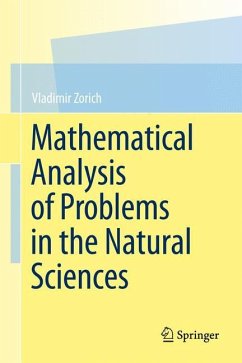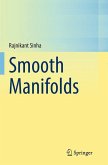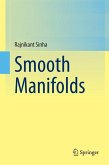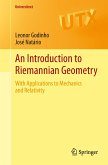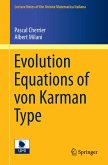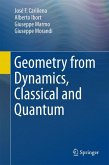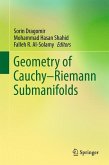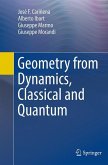Based on a two-semester course aimed at illustrating various interactions of "pure mathematics" with other sciences, such as hydrodynamics, thermodynamics, statistical physics and information theory, this text unifies three general topics of analysis and physics, which are as follows: the dimensional analysis of physical quantities, which contains various applications including Kolmogorov's model for turbulence; functions of very large number of variables and the principle of concentration along with the non-linear law of large numbers, the geometric meaning of the Gauss and Maxwell distributions, and the Kotelnikov-Shannon theorem; and, finally, classical thermodynamics and contact geometry, which covers two main principles of thermodynamics in the language of differential forms, contact distributions, the Frobenius theorem and the Carnot-Caratheodory metric. It includes problems, historical remarks, and Zorich's popular article, "Mathematics as language and method."
From the reviews: "Vladimir Zorich has written a short and mathematically advanced text on the natural sciences as seen through mathematics. ... The text touches on many ideas: the dimension of a television signal, the molecular theory of matter, transmission line capacity, to name a few. ... if you want to see how mathematics is intertwined in nature and physics, how mathematics describes and explains our world, then this book paints that picture." (David S. Mazel, The Mathematical Association of America, August, 2011)

